Our assessments aim to pinpoint areas where conservation efforts are disrupted and to identify
and prioritize the most significant threats. This approach allows us to effectively guide
and launch conservation and environmental investment initiatives.
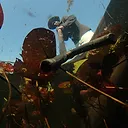
We evaluate water quality throughout the entire system by monitoring key metrics and detecting harmful contaminants such as effluent runoff. Longitudinal assessments and comparative reviews within and across river systems enhance the effectiveness of our water quality baselines.
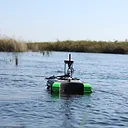
Monitoring water flow, though challenging, is essential to our understanding and efforts. By measuring discharge rates in both the main river and its major tributaries, we can calculate and validate water budgets, particularly in cases involving multiple countries.
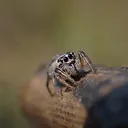
We assess species richness, abundance, and distribution to establish important baselines and identify unique and critical species. With over 130 new species already discovered, our ongoing research reveals the significant value of these remote wilderness areas.
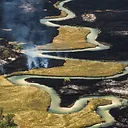
We evaluate the effects of agricultural, industrial, and infrastructure developments on river systems, including changes in density and their impact on various indices. Understanding how human activities evolve in relation to river systems is crucial for collaborating with communities to protect both the rivers and the surrounding environment.
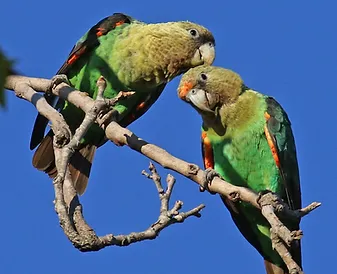
Since its launch, The Wilderness Project has collaborated with the Cape Parrot Project (CPP), its largest donor. For the past 15 years, the Cape Parrot Project has been dedicated to protecting the Critically Endangered Cape Parrot, South Africa’s sole endemic parrot, by preserving vital habitats. Their efforts benefit wildlife, ecosystems, and local communities for the long term. Central to this mission is partnering with communities to use the Cape Parrot as a symbol for conserving Afromontane indigenous forests and associated species.
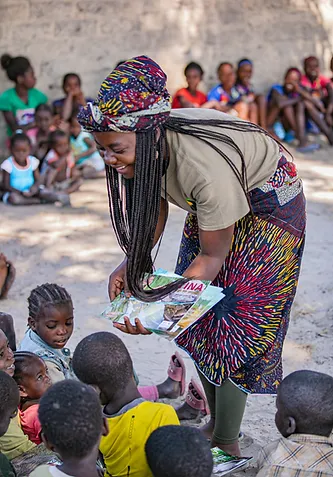
Since 2015, the National Geographic Okavango Wilderness Project (NGOWP), a collaboration between the Wild Bird Trust and the National Geographic Society, has been dedicated to securing long-term, sustainable protection for the Cubango-Okavango Hydrographic Basin. Partnering with local communities, NGOs, and the governments of Angola, Namibia, and Botswana, the project focuses on developing community-driven protection systems. In Botswana, efforts are directed towards enhancing access to knowledge and supporting sustainable livelihoods in the Eastern Panhandle villages of Ngamiland. In Angola, the project centers on community development in the Tempué villages of Moxico Province’s southeastern highlands. We engage with local mappers, farmers, beekeepers, and artisans to discover and support sustainable livelihood opportunities, enabling communities to manage and safeguard their natural resources while creating additional income sources.
Creating high-quality media is essential for advancing our long-term
goal of enhancing nature conservation. Below are some examples from the
National Geographic Okavango Wilderness Project:
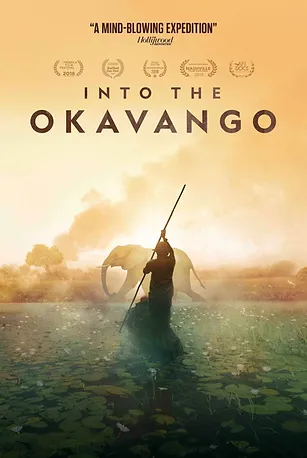

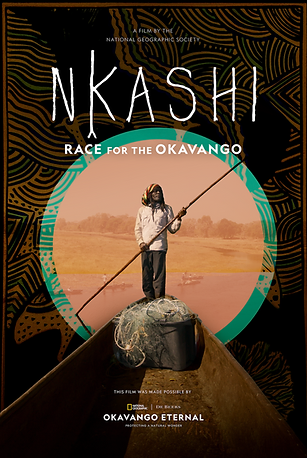
In partnership with the Tanzanian organization AFRISOS, we are investing in and supporting young African filmmakers to share stories about nature and the communities living alongside wild rivers. Check out some of the films created during our first workshop in Botswana.
The Wilderness Project is incorporated in the United States of America in Delaware. It is a recognized 501(c)(3) corporation which holds Public Charity Status.
EIN: 83-1279703.